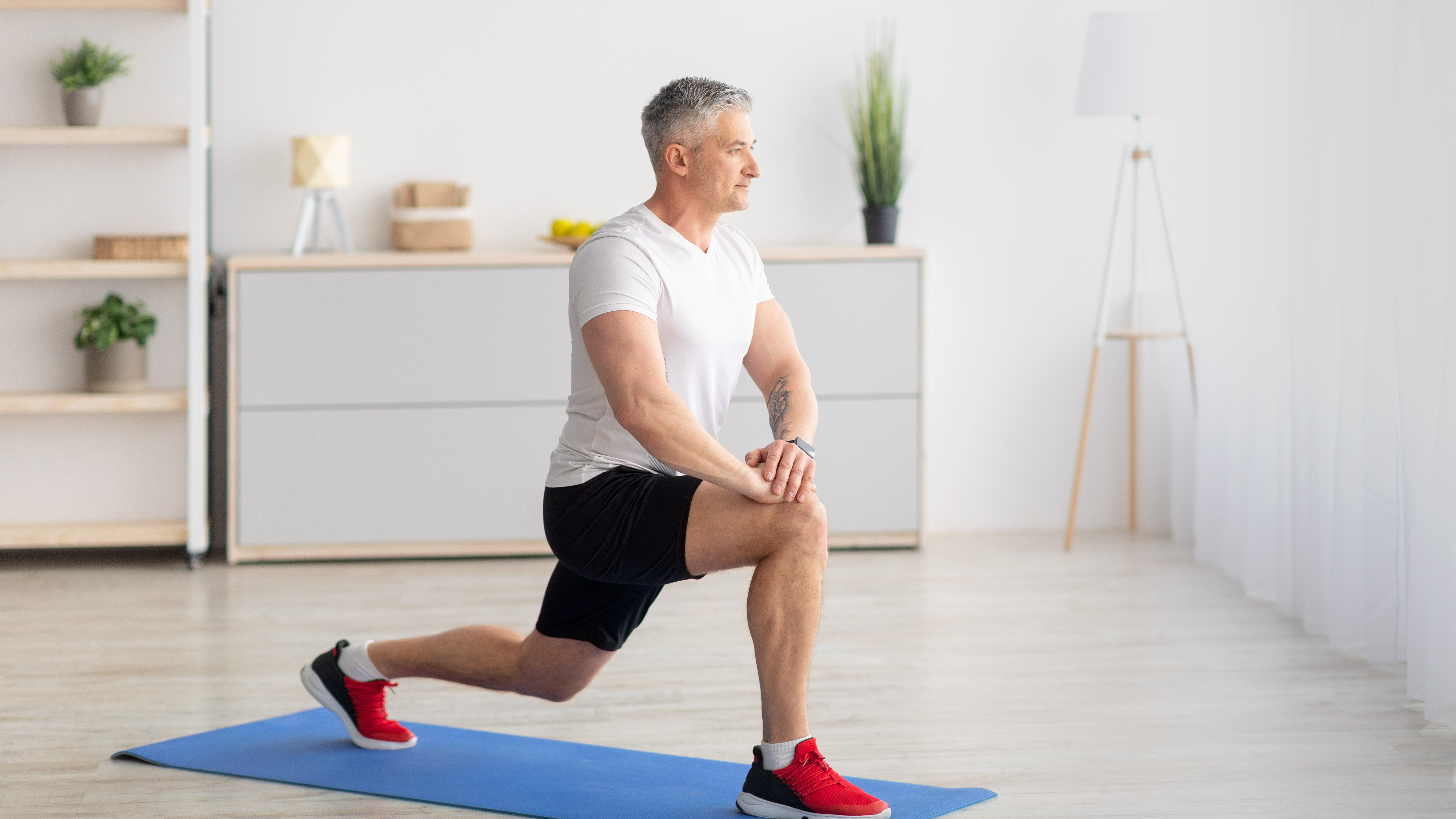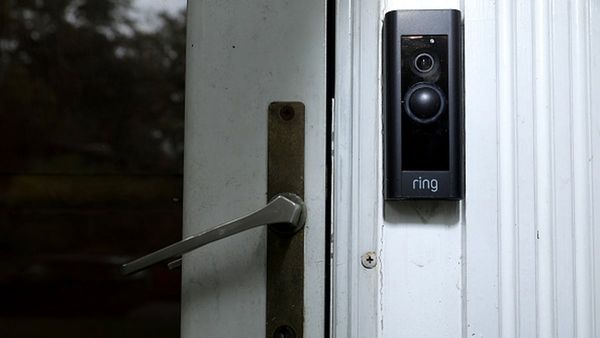
People of all ages have to work to stay fit and healthy, but it’s true to say it gets a little trickier as you get older, and the list of common ailments you’re likely to face grows longer.
Once you hit your 40s, your body starts to undergo changes that should be considered when you plan your training routine, to not only stay healthy in this decade but in the decades to come.
“As a physiotherapist, I often hear the same question male clients over 40: what’s the right way to stay fit as I age?” Says Beth Lewis, physiotherapist at Hooke Fitness.
“My answer is always the same: your body changes, so your training should too. By adapting and listening to your body, you can still live an active and healthy lifestyle as you age.”
To help you stay healthy in your 40s and beyond, here’s Lewis' expert advice on what to focus on with your training.
Lay the groundwork
“Your 40s are a turning point,” says Lewis. “Hormones shift — particularly testosterone in men — which can begin to reduce lean muscle mass and slow metabolism.
“According to Mitchell et al. (2012), sarcopenia — age-related muscle loss — may start as early as age 35–40, at a rate of about 1% per year.
“Now is the time to build resilience, not just strength. Many men can still train hard, but warm-ups, mobility, and technique matter more than ever.”
How to train in your 40s
Here’s how Lewis suggests you should divide up a week of training when you’re in your 40s. Bear in mind there’s no one-size-fits-all approach that will work for everyone, but this should help you consider what to do with your workouts.
Strength Training — 3 sessions per week
“Emphasize compound lifts like squats, rows, and deadlifts,” says Lewis. “Using moderate to heavy loads with strict form.”
If you need some inspiration with workouts, try this seven-move dumbbell session that's full of compound lifts.
Mobility Work
“Include dynamic warm-ups with moves like leg swings and thoracic rotations, along with joint-specific stretches for your shoulders, hips, and spine,” says Lewis.
Aerobic training — 2 sessions per week
“High-intensity interval training (HIIT) is still effective but must be paired with proper recovery,” says Lewis. “Lower-intensity steady-state exercise is also essential for cardiovascular health.”
If you find that running is too demanding, then you can try 'Jeffing' to improve your cardiovascular health.
Recovery
“Recovery is often overlooked but it’s non-negotiable,” says Lewis. “Quality sleep, hydration, and regular soft tissue care —massage, foam rolling, stretching — maintain tissue quality and joint health.”
“Plan regular rest days and lower intensity training to allow full systemic recovery.”
The other thing you have to do as you get older is respect niggles and get them checked out to avoid them becoming a bigger problem. Lewis says to look out for shoulder and back stiffness in particular.
“Many people in their 40s experience early signs of frozen shoulder, impingement, or lumbar stiffness,” says Lewis. “Addressing these early with manual therapy and targeted strengthening — rotator cuff exercises, core stability — makes a big difference later on.”







